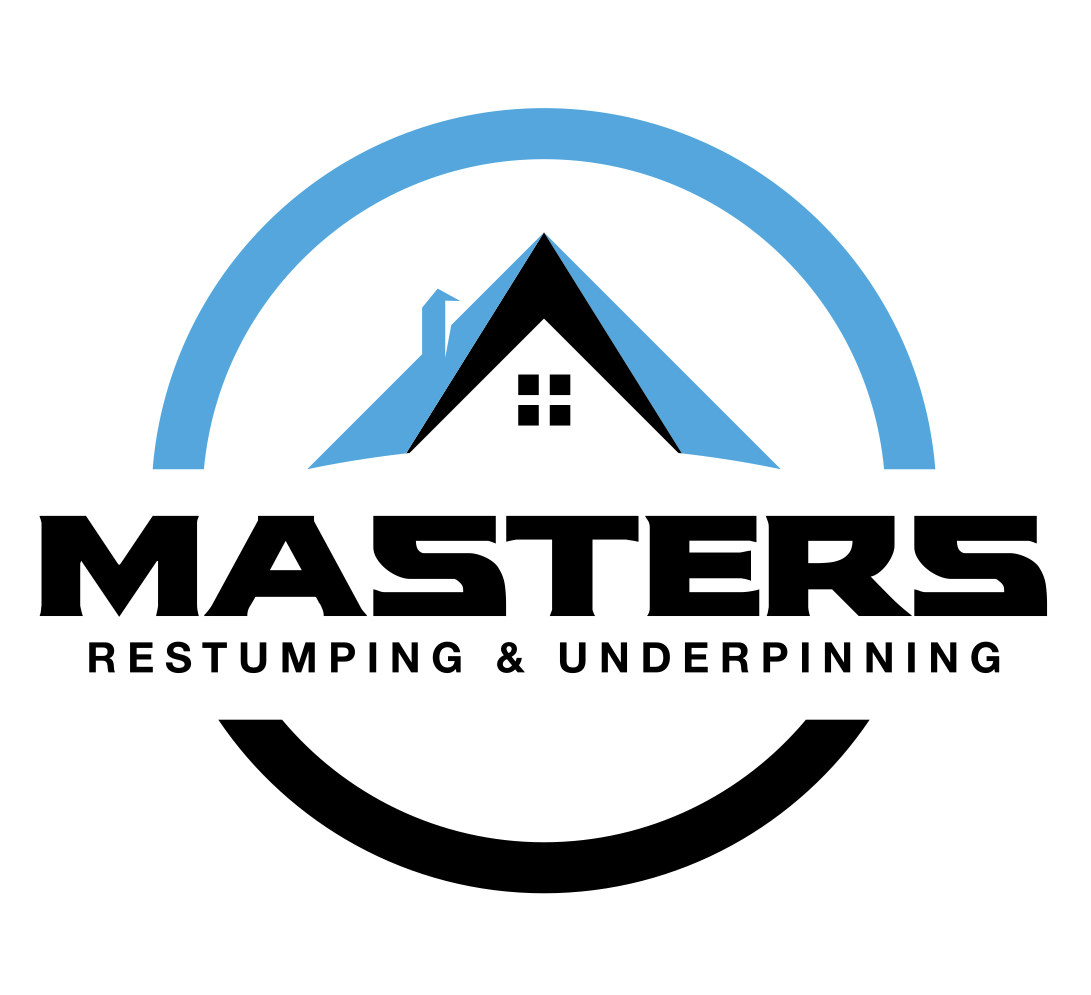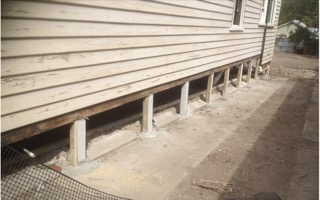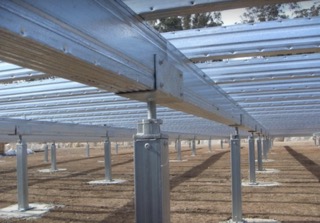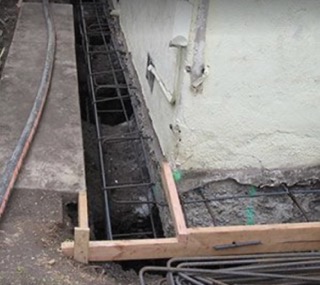

Quality homes need quality stumps.
When it comes to reblocking or restumping a building, choosing the right type of wooden stumps is crucial. The stumps provide the foundation and support for the entire structure, ensuring its stability and longevity. In this article, we will explore some of the best types of wooden stumps commonly used in reblocking projects. Understanding the characteristics and benefits of each type will help you make an informed decision for your property. 1. Hardwood Stumps: Hardwood stumps, such as Jarrah or Ironbark, are popular choices due to their durability and strength. These stumps are known for their resistance to decay, termites, and other pests. Hardwood stumps offer excellent load-bearing capacity, making them suitable for both residential and commercial buildings. They are also relatively low-maintenance, requiring minimal upkeep over time. 2. Treated Pine Stumps: Treated pine stumps are another commonly used option in reblocking projects. These stumps are treated with preservatives to enhance their resistance against decay, termites, and fungal attacks. Treated pine stumps are cost-effective and readily available, making them a popular choice for budget-conscious projects. However, they may not have the same level of durability as hardwood stumps and may require more frequent maintenance. 3. Concrete-Encased Timber Stumps: Concrete-encased timber stumps combine the strength of concrete with the natural aesthetic of timber. These stumps consist of a wooden core encased in a concrete shell, providing enhanced stability and durability. Concrete-encased timber stumps offer excellent load-bearing capacity and are resistant to rot and termite damage. They are a great option for areas with high moisture levels or where termites are a concern. 4. Screw Pile Stumps: Screw pile stumps are a modern alternative to traditional wooden stumps. These stumps consist of a steel screw pile that is screwed into the ground, providing a stable foundation for the building. Screw pile stumps offer several advantages, including ease of installation, adjustable height, and the ability to be reused if needed. They are particularly suitable for sites with challenging soil conditions or areas prone to ground movement. Conclusion: Choosing the right type of wooden stumps for reblocking is essential for ensuring the stability and longevity of your building. Hardwood stumps, treated pine stumps, concrete-encased timber stumps, and screw pile stumps are all viable options, each with its own set of benefits. Consider factors such as durability, resistance to pests, maintenance requirements, and budget when making your decision. Consulting with a professional reblocking specialist can also provide valuable insights and guidance tailored to your specific project needs.

Masters restumping & underpinning
Last Blog


What is Restumping?

Add Comment